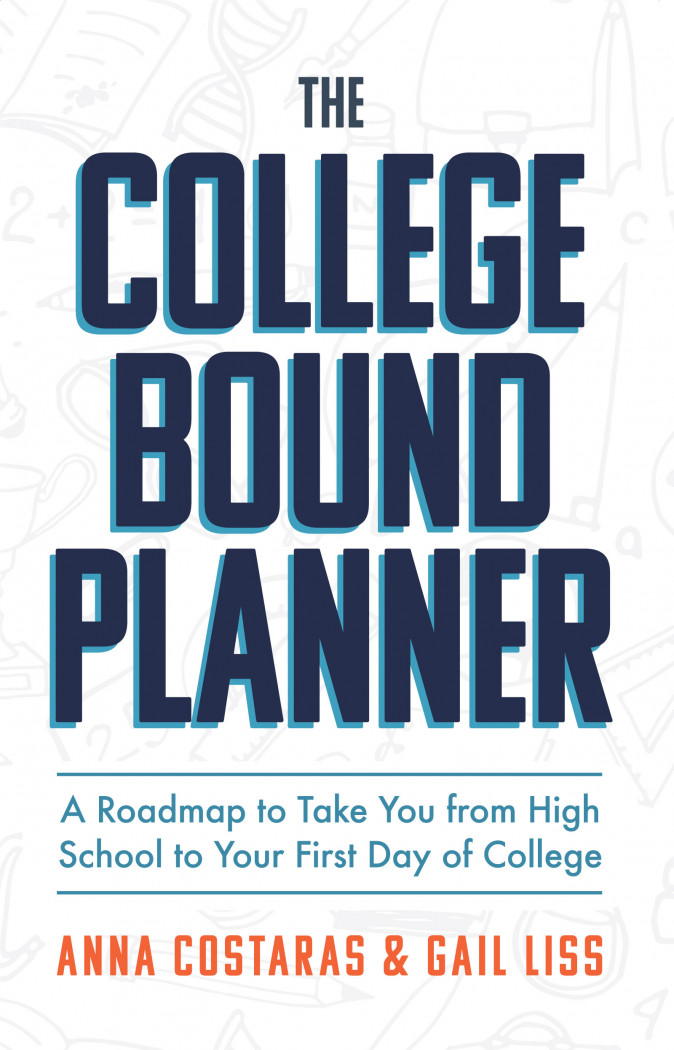Juniors, the college search process may seem overwhelming right now. While there are thousands of two and four year schools in the US, you’ll be able to narrow down which schools you should explore further if you devote the time to establish the best type of college for you. Be open minded, be curious and try on all different types of schools to discover where you should steer your research.
Think about the following as you begin:
Do you want a to find a college that will feel similar to your high school or are you looking for something entirely new? You may not know the answer at this point but the more research you engage in, the greater level of confidence you will have in your list
. Size, setting and focus sum up the main differences among schools. Small, medium and large schools each have distinct characteristics.
Small schools typically offer greater access to faculty, small class sizes and a strong sense of community. Large universities typically offer more majors, a wider variety of extracurricular activities and clubs, research opportunities and graduate programs.
Do you see yourself in a city or in a country setting? An urban school offers the opportunity to immerse yourself in a city. Part of the appeal of an urban school may be exactly what the city has to offer, such as internships, off campus jobs and arts and cultural events. Rural schools are generally self-contained and usually offer a greater sense of community. Rural settings may allow you enjoy the outdoors. Suburban or small town schools combine a little bit of both— they tend to be self-contained but with easy access to the surrounding community.
Focus really means whether a school is considered a liberal arts, research or professional oriented school. Focus is an important consideration and the main differences in focus include: the range of majors, research opportunities, classes taught by professors versus teaching assistants or graduate students and graduate study opportunities.
Now is the time to start your research. College guide books, such as the “Fiske Guide to Colleges”, offer facts about basic admission requirements such as GPA, SAT and ACT ranges, course requirements, tuition, student body demographics and feedback from current students. Read free online college blogs, follow college admission related blogs and read newspapers to learn more about schools and the admissions process. Attend college fairs in your area. Look through school websites which provide detailed information about a school’s student body, required curriculum, courses of study, tuition and financial aid, housing and extracurricular activities. Look for academic, athletic and extracurricular programs you’d like to find out more about. Also, take a look at admissions requirements. Take a few virtual tours which will give you a first look. Most schools offer tours on their website that allow you to get a good sense of the physical campus and what a school has to offer.
Talk to your parents and guidance counselor for their ideas about what schools may fit your needs and interests. It may be helpful to reach out to current students and also alum to ask questions and get a better feel for a school’s “personality.”
Create your list of the schools you’d like to research further. After your initial fact-finding, you’ll hopefully have a better idea of the type of schools that appeal to you. There are, most likely, many schools that will be a great fit for you.



